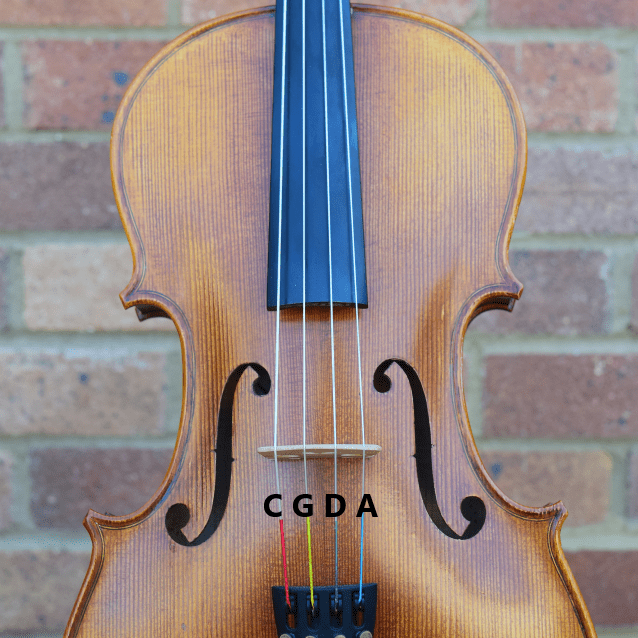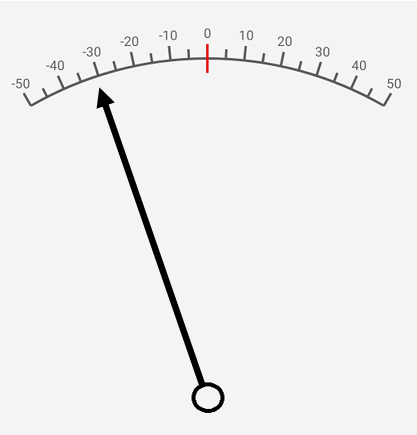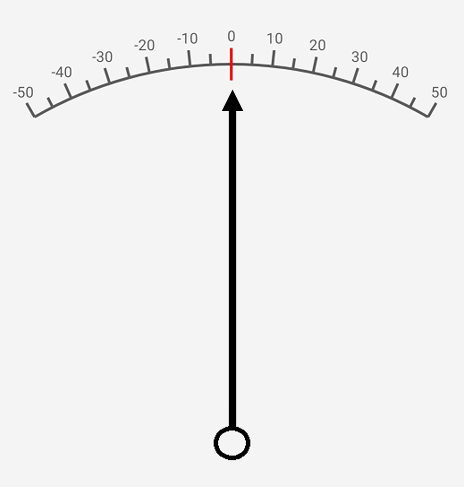How to Tune Your Violin or Viola
Tuning your violin or viola is a crucial step in maximizing your playing experience. In this guide, you’ll learn the steps to getting your instrument in perfect pitch and ready for music-making. Let’s get started!
Tuning with a Tuner
What you will need: a chromatic tuner. This will guide you in deciding if the string needs to be tightened or loosened. You can either search “violin tuner” or “chromatic tuner” in your app store, where you will find lots of free and cheap tuning apps, or you can purchase a tuner for between £5 to £25. They all work slightly differently but serve the same purpose.
The violin has four strings which are tuned, from low to high: G-D-A-E.
Remember the mnemonic Greedy Dogs Always Eat!
The viola has four strings which are tuned, from low to high: C-G-D-A.
Remember the mnemonic Cats Give Dogs Advice!
Order to tune violin strings
Always start by tuning the A string, then work down to the D, the G and finally the E on top. This is because orchestras tune first to A given by the oboe, usually at 440hz, and the E is the most sensitive to changes in the instrument and should therefore be tuned last.
Order to tune viola strings
As with a violin, the A is tuned first, as this would be the given pitch in an orchestra. Once that is in tune, work downwards to your D, then G and finally C. Finally, go back to the A again and check that it is still in tune.
“righty-tighty, lefty-loosey”
Tuning your violin or viola is a crucial part of playing the instrument. For big changes, use the tuning pegs at the top of the violin. For small adjustments, use the fine tuners at the bottom on the tailpiece. If you’re new to tuning, it’s best to avoid using the pegs and ask a teacher for help, unless your strings are really out of tune.
To tighten the string and raise the pitch, turn the tuning peg away from you or turn the fine tuner to the right. To loosen the string and lower the pitch, turn the peg towards you or turn the fine tuner to the left.
A chromatic tuner shows the note that is being played. If the needle points to the left, the note is flat and needs to be raised. If the needle points to the right, the note is sharp and needs to be lowered. The needle is in the middle when the note is in tune!
Tuning by Ear
Tuning your violin strings in perfect fifths involves adjusting the distance between two notes to five notes or eight semitones, including the first and last note. Recognizing the interval of a fifth can be helped by singing along to familiar tunes like “Twinkle Twinkle Little Star.” With practice, you can learn to play two strings together, like D and A, and adjust one string until you hear the notes “click” into perfect tune. This skill is usually taught at Grade 4 or 5 level, and requires patience and careful listening.
Recommended Tuning Apps
As a general rule, all the apps are basically the same, but you can pay to remove adverts and for advanced features like custom tunings.
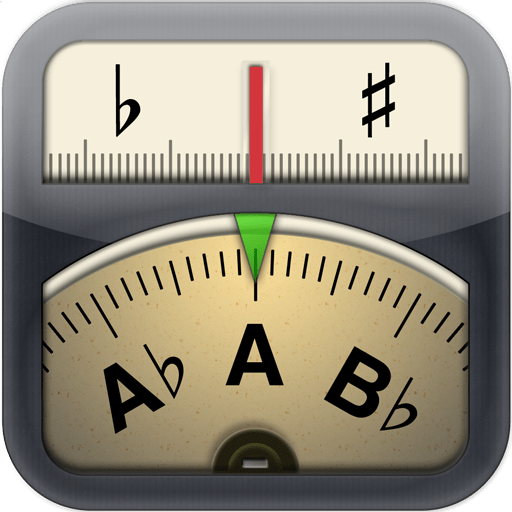
ClearTune Chromatic Tuner
Cost: £3.49
This app has everything a professional musician could need, including selectable notations, support for transposing instruments and automatic or manual note selection.

Pitched Tuner
Cost: Free
This app has a simple and clear user interface, and a useful pitch pipe function, useful for practising your tuning-by-ear and intonation. This is currently my app of choice, though that changes each term!
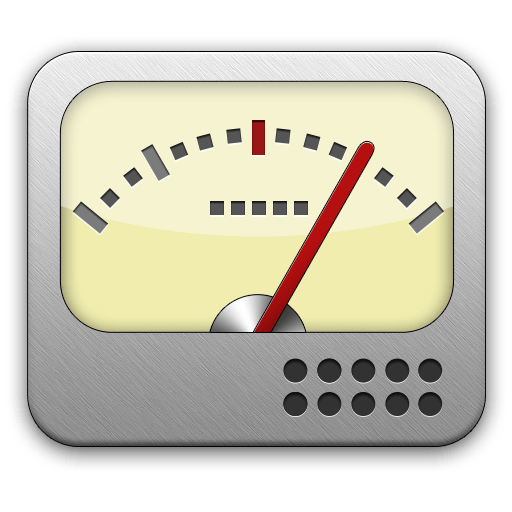
Tuner-gStrings
Cost: Free
This app is perfect for those using a tuner for the first time. It features: instrument selection, adjustment for tuning pitch (i.e. A=443) and support for custom tunings (paid).
Recommended Tuning Devices
There are three types of tuner available to buy:
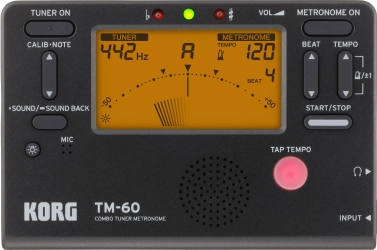
Compact Metronomes
Generally, compact metronomes are phone-sized and can incorporate all sorts of features, such as a metronome, pitch pipes, external microphone input and even changing colours! Anything by Korg will do the job perfectly.
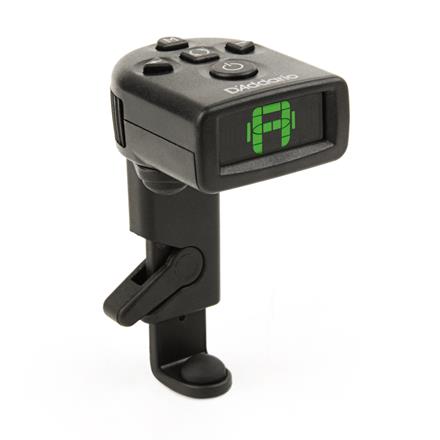
Clip-on Tuners
Much smaller than a compact tuner, and designed to clip onto your instrument. This is where I recommend some caution, as a lot of clip on tuners are designed for guitars and basses that have flat areas for you to attach the tuner. Fortunately there are violin/viola specific tuners, for example the Planet Waves Micro Violin Tuner.
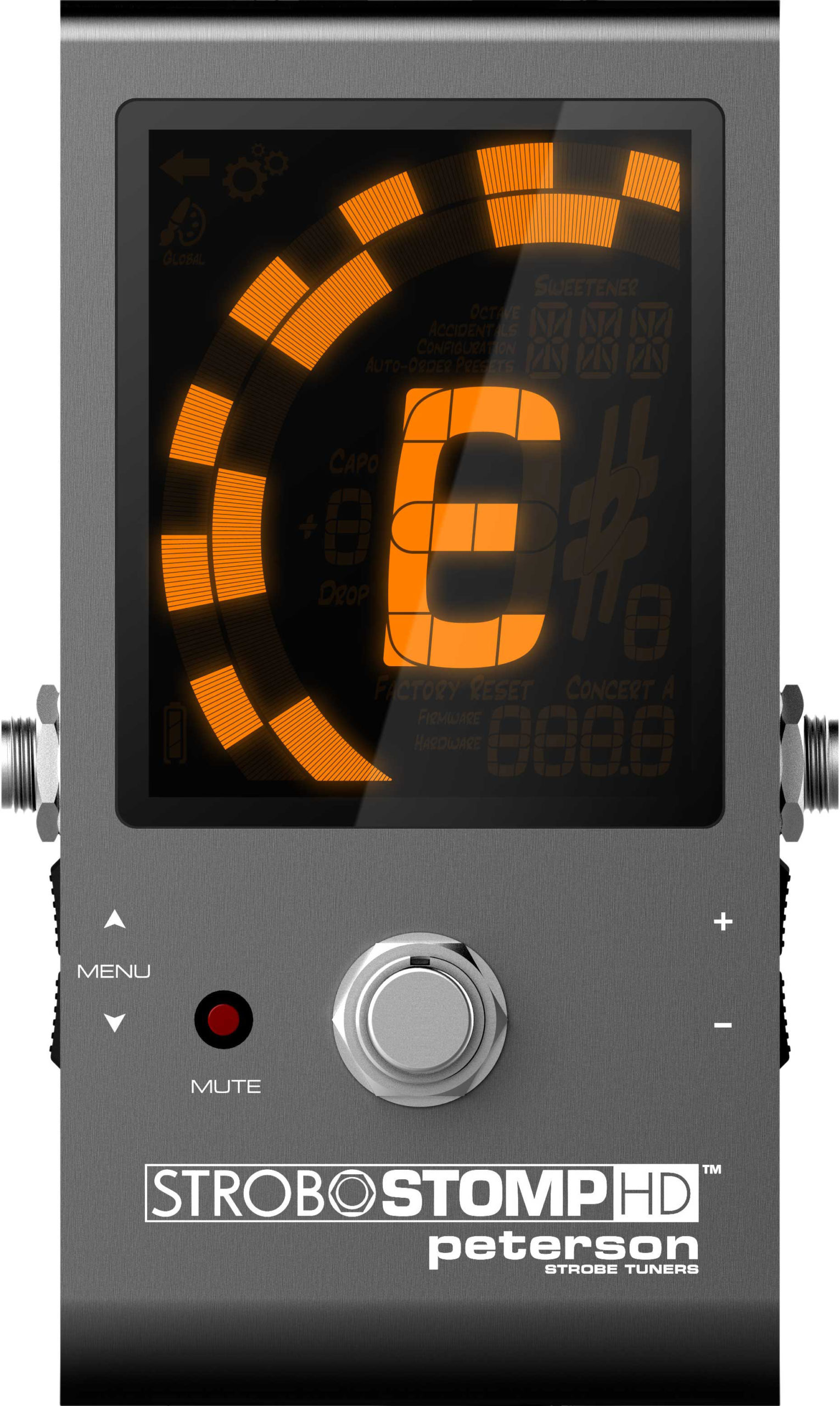
Pedal Tuners
For the electric violinist, there is a wide selection of pedal tuners available. These are tuners which have an input and output socket for you to play in between your violin and amp, and allows you to mute your signal whilst tuning. They range from the smaller Korg Pitchblack, the budget Behringer TU300, the industry standard Boss TU-3 and my current pedal of choice, the Peterson Strobostomp HD.

